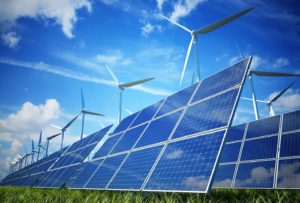- /
- /
- /
Energy
Energy sector is one of the most regulated industries on the market. While being one of the important cornerstones of the economies with healthy profits, shareholders demand financial transparency while governments and the public are demanding innovative, green energy solutions and increased environmental responsibility. This has resulted in more rules and regulations governing the energy and utility industry, which also effected safety regulations. With mix of renewable energies, standards are rapidly changing and adapting to newly introduced technologies; at the same time for more traditional energy sources, standards are being revised to answer newly implemented regulations. The safety standards addressing hazards of fire, shock, combustion and environmental effects, cover products that may be a standalone source of energy such as a complete combustion generator; or an interconnecting product, which may be a sub-assembly of a distributed energy resource, such as an inverter in photovoltaic system.
Some of the safety standards covering renewable sources of energy:
- UL 1741/CSA-C22.2 No. 107.1 (Standard for Inverters, Converters, Controllers and Interconnection System Equipment for Use with Distributed Energy Resources)
- UL 9540 (Standard for Energy Storage Systems and Equipment)
- UL 5085 (Low Voltage Transformers)
Some of the safety standards covering non-renewable sources of energy:
- UL 2200 (Standard for Stationary Engine Generator Assemblies)
- UL 2201 (Standard for Portable Engine-Generator Assemblies)
- C22.2 NO. 100 ( Motors and generators – Canadian requirements)



